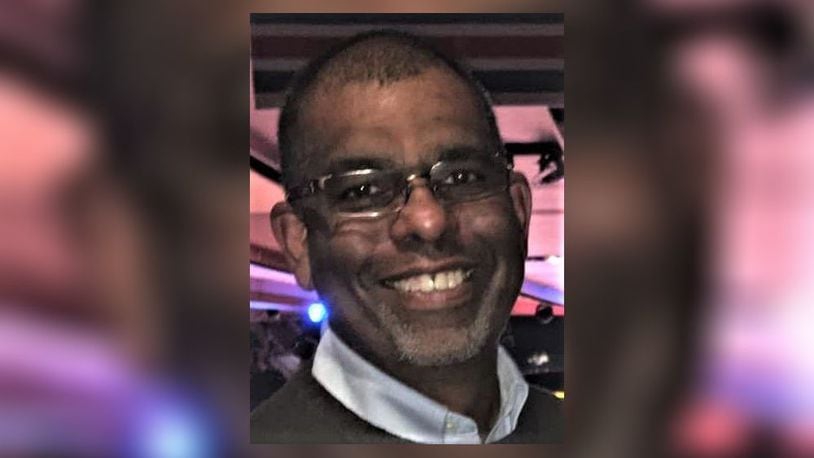Private companies, colleges, and universities, under pressure from right-leaning politicians and groups, have pulled back or dismantled their DEI programs. In Ohio, lawmakers want to defund or ban DEI programs from public institutions.
The anti-DEI crowd calls these programs discriminatory and claims they get in the way of building a truly inclusive society. But how do you create that society when you condemn and seek to remove the pillars of inclusiveness?
“Diversity, equity, and inclusion (programs) are designed to build inclusive communities, where regardless of who you are, what you believe, or your journey, your lived experience, you can be in a space where you are valued for who you are, you are appreciated, and you belong,” Tiffany R. Taylor, the Vice President for Diversity & Inclusion at the University of Dayton, said.
That means everyone belongs. But much like CRT before it, DEI has been co-opted by political operatives to mean anti-white, even though that’s as far from the truth as Ohio is from Australia.
Taylor noted that CRT became a flashpoint without people knowing what it is (and by in large, they still don’t). Similar messaging has led some to believe DEI equals reverse racism.
Unlike CRT, DEI has programs opponents can target, even though the reasons for targeting them make as much sense as placing a rock between two pieces of bread and calling it a sandwich.
“We have infrastructures built around diversity, equity, and inclusion,” Taylor said. “And so it was, let’s disrupt that. Let’s dismantle that without people really understanding what (DEI) really is.”
Diversity means a variety of thoughts, cultures, and experiences. Equity means treating everyone fairly so we all can thrive. Inclusion means creating a respectful and welcoming environment.
What’s wrong with that?
Here’s another question: What do we do if DEI programs are dismantled?
“Where do we come together to learn about each other’s histories, our lived experiences and ways that we can have those potentially difficult conversations?” Taylor asked. “How are we creating a space where it’s okay for us to learn about one another and learn how to be more effective together?”
To further prove Taylor’s point — that DEI is for everyone — scholars have long understood the advantages DEI programs have for communities in Appalachia, which are mostly white. DEI, these scholars note, helps combat stereotypes that plague Appalachians today.
Data also shows that between 2020 and 2022, white women gained far more senior leadership roles than women of color. (White males make up one-third of all U.S. workers but hold about two-thirds of all leadership jobs in corporate America.)
White men, who still hold the balance of financial and political power, feel they’re not valued in DEI discussions, according to the White Men’s Leadership Study. But that’s a feeling, not a fact. White men don’t have homogenous experiences that have helped shape who they are or impacted their worldview. Their background and knowledge have value in a setting designed to embrace differences, not segregate them.
The irony, then, is that white lawmakers have made DEI a racial and political issue and, in doing so, hurt white people who can benefit.
Taylor added, “When I think about the work that I do, it is around ensuring that no matter who you are, where you come from, what you look like, what you believe, what your practices are, you belong on our campus, you belong in our institution.”
That translates to society as a whole: You belong.
Don’t listen to those trying to trick the populace into believing DEI is a conspiracy designed to elevate one group over another.
It’s not. And they know it.
Ray Marcano’s column appears on these pages each Sunday.
About the Author
